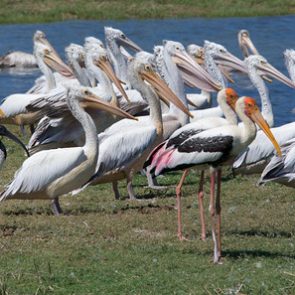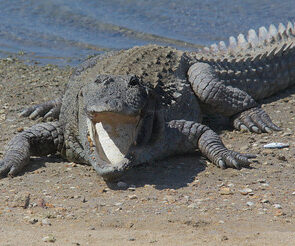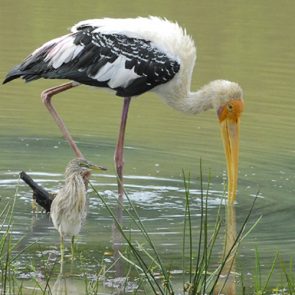Kumana National Park is the sixth largest park in Sri Lanka with a land of 35,664 hectares. This was earlier known as Yala East National Park. This park is situated in the Ampara District of south-east bend of Sri Lanka. Kumana National Park is very well-known for its 200 hectares of mangrove wetland named “Kumana Villu” within the park which is ocaasionally flooded with sea water. Several lagoons and tanks support the extensive birdlife of the National park. Out of the 495 bird species reported in Sri Lanka, you can spot 215 species in Kumana. Mugger crocodile, Indian flap-shelled turtle and Indian black turtle are the common reptiles inhabiting the park. Mammals such as Sri Lankan Leopard, Sloth Bear, golden jackal, wild boar, Sri Lankan elephant, European otter, and fishing cat also visit the swamp to feed. The number of elephants roaming in the Kumana is estimated at 30–40. The Kumana area is part of an ancient civilization that goes back to the 3rd century BC. Rock inscriptions belonging to the 2nd and 1st centuries BC have also been found in the region. The Kumana National Park lies on the route of the traditional annual foot Pilgrimage called the “Pada Yatra” to the Hindu temple at Kataragama. Both Tamil and Sinhalese communities take part in this pilgrimage.




